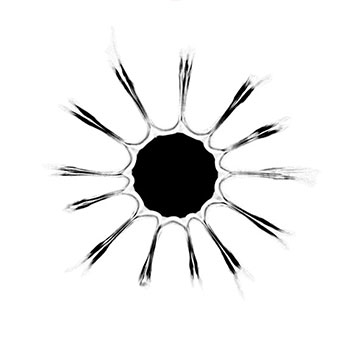My 19th week scan report shows that my placenta position was "anterior." Will I still be able to have a normal delivery?
1 Answer
Yes, you will still be able to deliver your baby normally.
Explanation:
Having an anterior placenta shouldn’t cause you or your baby any problems.
The placenta develops wherever the fertilised egg embeds in your womb (uterus). An anterior placenta is positioned on the front wall of your womb, on your belly side. Just over half of mums-to-be have an anterior placenta.
During an anomaly scan (at around 20 weeks), the person doing the scan (sonographer) checks where the placenta is lying. The position will be described as one of the following:
anterior (on the front wall of your womb)
posterior (on the back wall of your womb)
fundal (on the top wall of your womb)
right or left lateral (on the right or left side of your womb)
These are all normal places for the placenta to implant and develop.
Having an anterior placenta may cushion your baby’s movements, so it may take you longer to first notice them. As your baby grows, you'll get to know his pattern of movements.
Although having an anterior placenta can soften your baby's movements, always call your midwife if you think he's moving around less. Don't rely on home monitoring kits, as these may give you a false impression of your baby's wellbeing.
If you have an anterior placenta that's low in your womb, it may be a bit more complicated if you're having your baby by caesarean section. You may have a higher risk of bleeding, for two reasons:
The placenta may be lying just where your obstetrician needs to make an incision in your belly. Your doctor will need to make a cut higher up. You'll have an ultrasound scan to find the best position for the incision.
If you've had a caesarean before, the placenta may have grown over your old scar. This can sometimes cause the placenta to grow into, and through, the wall of your womb (placenta accreta). This is a rare condition, but it's more likely to happen if you’ve had a caesarean. Scans can help to diagnose this in good time, so your doctor can plan a safe caesarean birth.
In the unlikely event there is a problem with bleeding, you’ll be in the operating theatre, and can be treated immediately with a blood transfusion.
If the placenta is found to extend over your cervix at your anomaly scan, you will need another scan at 36 weeks. Sometimes the sonographer can't get a good view of where the placenta is by doing the scan via your belly. If that's the case, she'll ask your permission to carry out a scan via your vagina.
Most of the time, as the womb expands, it brings the placenta away from the cervix. This will apply whether the placenta is low-lying at the front, back or side of your womb. If your placenta is still too low towards the end of your pregnancy, it’s called placenta praevia.
https://www.babycentre.co.uk/x566457/is-having-an-anterior-placenta-a-problem#ixzz4xopvLFqH

